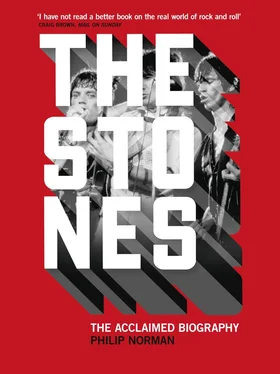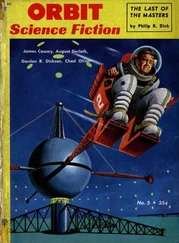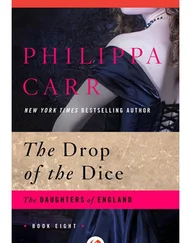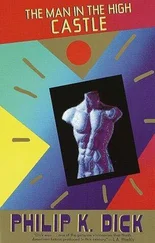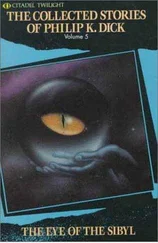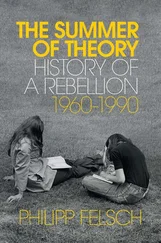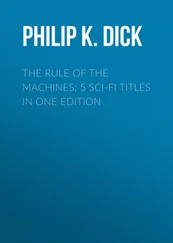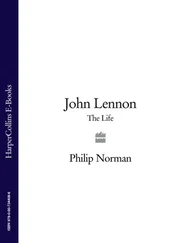Two packed houses greeted with cheers, screams and scarf-waving the local lads who have made good – the Rolling Stones. Fever-pitch excitement met compere Al Paige’s announcement of them, and they tore into their act with Girls, followed by Come On. This group certainly is different – members wear what they like, from shirts to leather jackets, but they have long hair in common.
Lead singer Mick Jagger whips out a harmonica occasionally and brews up more excitement while the three guitars and drums throb away in back. Hey Mona was another R & B compeller before a quiet number, very appealingly sung by Brian Jones [sic], You Better Move On. Back to the torrid stuff for the last two numbers, Roll Over, Beethoven and I Wanna Be Your Man, taking the act to encore applause …
Decca’s release of an EP – extended play – record on January 17 redoubled the nightly pandemonium. The EP, with its handful of tracks and cheap picture cover, was a well-tried device for getting additional mileage from a pop act whose success did not yet warrant a full twelve- or thirteen-track LP. The Stones’ first EP was in this catchpenny tradition, offering their cancelled A-side Poison Ivy, together with versions of Chuck Berry’s Bye Bye Johnny and Berry Gordy’s much imitated Money. The exception was an Arthur Alexander song, You Better Move On, sung by Mick Jagger with care and almost without affectation. You Better Move On proved popular enough to take the entire EP into the Top Ten singles chart barely a week after its release.
The Stones’ third single, it was already decided, would be a cover version of the Buddy Holly song Not Fade Away – which Mick Jagger had first heard with Dick Taylor at Woolwich Granada back in 1957 – but drastically rearranged by cross-breeding with an equally important stylistic source. On to the mild, reflective Holly song, Keith Richard had grafted guitar chords played in the shuffling, stop-start Bo Diddley beat. ‘To me,’ Andrew Loog Oldham says, ‘when Keith sat in the corner and came up with those chords, that was really the first song the Stones ever wrote.’ The result was played at twice the speed of the Holly original, flashed across, each second verse, by a whinny from Brian Jones’s harmonica.
The taping of Not Fade Away, at Regent Sound, towards the end of January 1964, was an occasion that would have horrified conventional A & R men like Dick Rowe. Oldham and the Stones had hit on the ideal way of escaping interference from Rowe or anyone else from Decca. They recorded by night, not even starting until long after all A & R men were safely back in their suburban mock-Georgian villas, tucked up between their nylon fitted sheets.
Not Fade Away was taped as the culmination of a drunken studio party at which the Stones and Oldham were joined by Phil Spector and two members of the Hollies, Alan Clarke and Graham Nash. Later on, the American singer Gene Pitney also dropped in, bringing with him an outsize bottle of brandy. The final Not Fade Away take featured the two Hollies, appropriately, on back-up vocals and Phil Spector shaking the maracas of which the rhythm track is mainly composed. Spector also cobbled up a B-side song called Little by Little, a pastiche of Jimmy Reed’s Shame, Shame, Shame, dashing it off in minutes, with Mick Jagger’s help, in the corridor. Little by Little was recorded as a simple jam session of guitar, harmonica, piano – played by Gene Pitney – and a Jagger vocal, like the maracas, audibly plastered. At frequent intervals, the session disintegrated into tomfoolery, with Jagger rudely mimicking Sir Edward Lewis, the Decca chairman, and Phil Spector ad-libbing an obscene recitative under the title Andrew’s Blues.
On February 4, at New York’s Kennedy airport, the Beatles emerged from their aircraft to behold a 5,000-strong crowd, keening and howling in the grip of that European virus which the New York Post had predicted would definitely not spread to America. Their appearance, four nights later, on NBC-TV’s Ed Sullivan Show – for a knockdown fee of $3,500 – was watched by an estimated 70 million, or 60 per cent of the American TV audience.
The Beatles’ conquest of America took them out of the orbit of mere pop. In Britain, those who had once damned and denounced them now commended them as an invaluable addition to the export drive. Their name took on almost a talismanic quality, securing newspaper headlines impartially for anyone who invoked it. Members of Parliament, peers of the realm, archbishops, even royalty itself, now talked and talked about the Beatles. To their teenage audience this was, of course, the most gratifying turnabout from last year’s parental ridicule. Just the same, to find one’s idols shared by one’s mother, and even one’s grandmother, made pop seem suddenly rather tame.
No one’s mother or grandmother liked the single, released on February 27 and now climbing up the Top Twenty, spurred on by alternate kicks of delight and hostility. The Stones’ late-night carousings with the Hollies and Phil Spector had produced a noise which sold itself, both as instant hit material and instant anti-heroism, from its first chaotic, maraca-shaking chord. Phil Spector’s presence is widely supposed to have brought about the Stones’ vastly improved cohesion in Not Fade Away – guitars sharper, harmonica more savage, the general onslaught resembling a miniature wall of sound.
The national press was quick to spot the new fad – or, in other words, to take up Andrew Loog Oldham’s suggested story angle. ‘They look,’ said the Daily Express , ‘like boys whom any self-respecting mum would lock in the bathroom. But the Rolling Stones – five tough young London-based music-makers with doorstep mouths, pallid cheeks and unkempt hair – are not worried what mums think … For now that the Beatles have registered with all age groups, the Rolling Stones have taken over as the voice of the teens.’
Last year’s Beatle crowds, it was becoming clear, had behaved moderately in comparison with those who followed the new voice of the teens. The Stones’ third tour, early in February, played each night to an uproar, not merely of screaming girls corralled in cinema seats, but also of spontaneous battles between Mods and their sartorial foes, the Rockers. Other groups to whom this happened would hug their precious guitars to them and hurry from the stage. But the Rolling Stones played on. Brian Jones in particular loved to see trouble starting and to encourage it subtly by brief, goading shakes of his hair and tambourine. It was largely from this trick of Brian’s that Mick Jagger learned how small, tantalizing body movements could tease up conventional screams to a banshee-like howl. He, too, began to experiment, slipping off his Cecil Gee Italian jacket and dangling it on his forefinger like a stripper’s G-string.
The Stones’ television appearances, on Lucky Stars and Ready, Steady, Go , had precipitated a blizzard of hate mail. ‘The whole lot of you,’ wrote a typical correspondent, ‘should be given a good bath, then all that hair should be cut off. I’m not against pop music when it’s sung by a nice clean boy like Cliff Richard, but you are a disgrace. Your filthy appearance is likely to corrupt teenagers all over the country …’
One feature of those TV appearances, above all, had caused adult Britain to recoil with almost speechless revulsion. The Beatles, for all their mop-top fringes, had always been assiduously barbered and groomed. The Stones’ hair, its length, its volume, its wild lack of shape, made the Beatles’ look decorously short by comparison. Not since the early Victorian age had young British men been seen with hair that hung down their necks and curled over their shirt collars, half obliterating their eyes and ears. To a nation whose collective memory of military life was still strong, the Stones’ hair signified almost rabid uncleanliness. And, indeed, the voice of adult Britain rang out like so many sergeant majors. The president of the National Federation of Hairdressers, offering to give the next number one pop group a free haircut – and, by implication, a disinfecting and de-lousing – added: ‘The Rolling Stones are the worst. One of them looks as though he has got a yellow feather duster on his head.’ Brian Jones was deeply offended, especially since he nowadays washed his newly golden hair on average twice each day and was known within the Stones as Mister Shampoo.
Читать дальше
